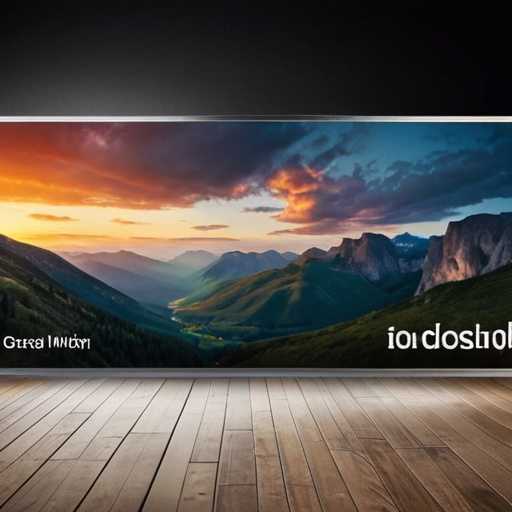In SwiftUI, `ScrollView` is used to display scrolling content. It allows users to scroll through a collection of views when the content exceeds the available space. You can place any kind of view inside a `ScrollView`, such as text, images, or even other SwiftUI views.
Basic Usage
To create a simple `ScrollView`, follow these steps:
1. Define the content inside the `ScrollView`.
2. Specify the direction of scrolling (horizontal or vertical).
3. Customize the appearance and behavior as needed.
Example
Let’s create a basic example of a vertical `ScrollView` containing a list of text views:
import SwiftUI
struct ContentView: View {
var body: some View {
ScrollView {
VStack(spacing: 20) {
ForEach(1..<21) { index in
Text("Item \(index)")
.padding()
.background(Color.blue)
.foregroundColor(.white)
.cornerRadius(8)
}
}
.padding()
}
}
}
struct ContentView_Previews: PreviewProvider {
static var previews: some View {
ContentView()
}
}
In this example:
– We use a `VStack` inside the `ScrollView` to arrange a list of text views vertically.
– The `ForEach` loop generates 20 text views labeled “Item 1” through “Item 20”.
– Each text view has some styling applied for better visualization.
ScrollView Direction
You can specify the direction of scrolling using the `ScrollView` initializer’s `axis` parameter. By default, it’s set to `.vertical`. Here’s how to create a horizontal `ScrollView`:
ScrollView(.horizontal) {
HStack(spacing: 20) {
ForEach(1..<21) { index in
Text("Item \(index)")
.padding()
.background(Color.blue)
.foregroundColor(.white)
.cornerRadius(8)
}
}
.padding()
}
Infinite ScrollView
Sometimes, you might want to create a scrollable view with an unknown number of items. You can achieve this by using `GeometryReader` along with `ScrollView`. Here’s an example of an infinite vertical `ScrollView`:
ScrollView {
VStack(spacing: 20) {
ForEach(1..<100) { index in
GeometryReader { geometry in
Text("Item \(index)")
.frame(width: geometry.size.width, height: 100)
.background(Color.blue)
.foregroundColor(.white)
.cornerRadius(8)
}
}
}
.padding()
}
In this example, `GeometryReader` helps to get the size of the content and ensures that each item occupies the full width of the `ScrollView`.
Conclusion
`ScrollView` in SwiftUI provides a powerful way to display scrolling content. Whether you need a simple list or a complex layout, `ScrollView` allows you to create dynamic and interactive user interfaces easily. Experiment with different combinations of views and styles to create the perfect scrolling experience for your app.

